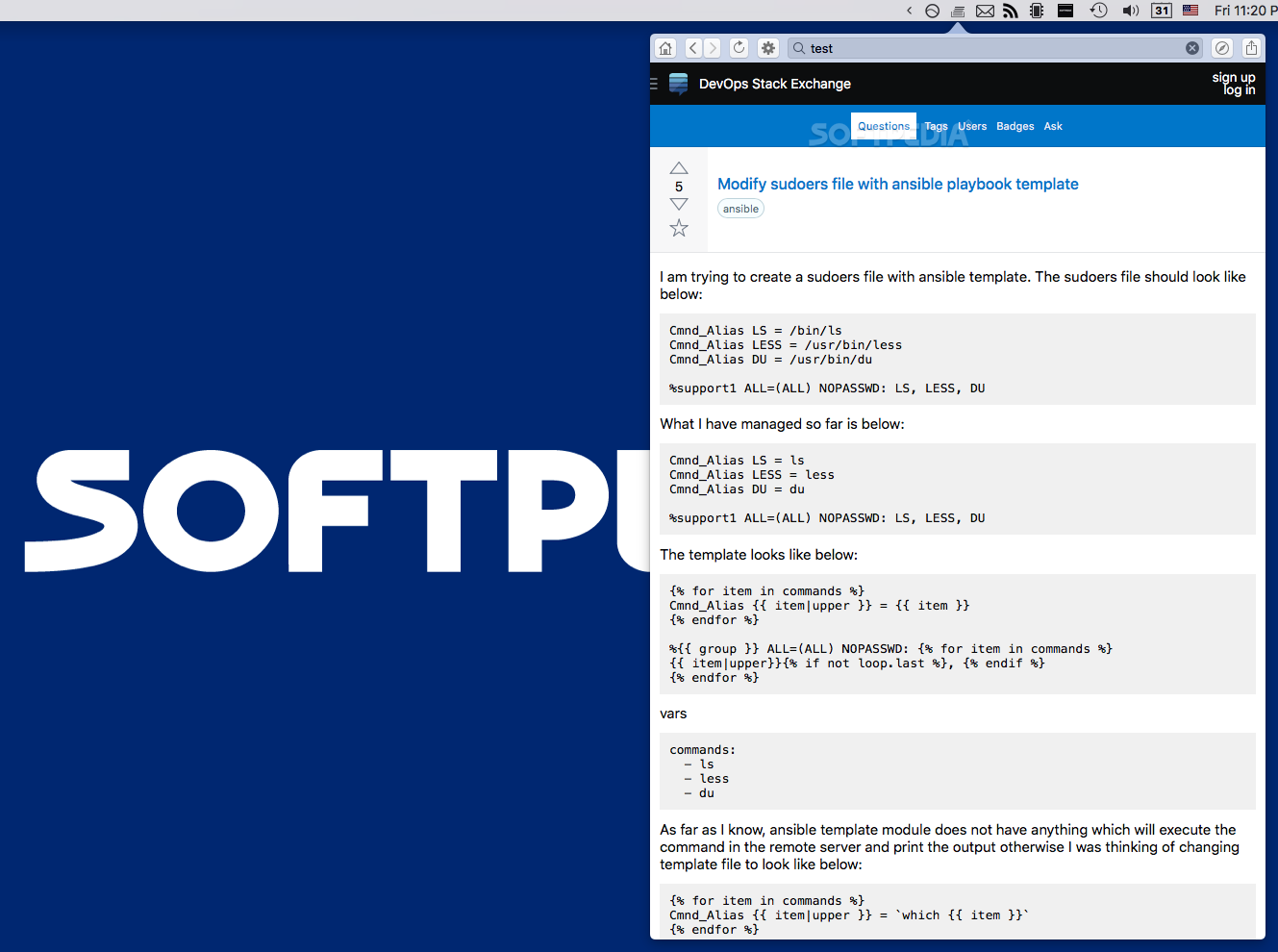

Under the assumption of realistic process conditions, the Jülich researchers optimised the design of the gas flowfield and electrical current collector for this purpose.

View into the cell stack: a low-cost electrolyte made of synthetic resin provides the cell with additional stability Copyright: – Forschungszentrum Jülich / Ralf-Uwe Limbach The cells of a stack must withstand compression force and at the same time remain permeable,” explains Maximilian Quentmeier. For instance, the cells for the gas reaction have multiple chambers which ar typically unsupported in laboratory size.

“There are several aspects to consider when designing a stack starting from a single cell. A stack of smaller cells is much cheaper to manufacturecompared to a large single cell. In a stack, the cells are compactly packed on top of each other. The results were recently published in the renowned journal ACS Sustainable Chemical Engineering. They have succeeded in transforming the the single cell to a stack type electrolyzerby making multiple improvements and replacing components, and have tested it in various performance tests. Quentmeier and Schmid have already reached an important milestone on the way to commercialization. Milestone achieved towards practical application If the carbon dioxide is sourced from the atmosphere, for example by direct air capture, or from the workup of biogas, the technology is even potentially climate-negative,” explains Bernhard Schmid.īernhard Schmid (left) and Maximilian Quentmeier (right) with the stack they developed for CO2 electrolysis Copyright: – Forschungszentrum Jülich / Ralf-Uwe Limbach ” When operated with renewably produced power, CO2 electrolysis plants would operate climate-neutrally. The process not only appeals to the chemical industry, but also contributes to the climate protection. The electrode connects the two media and the electric current and thus ensures that “green” carbon monoxide, CO, is produced in the end. The approach uses a so-called gas diffusion electrode: a porous electrode that is fed with CO 2 on the back side and is adjacent to a liquid or solid electrolyte on the front side. Together with his supervisor Bernhard Schmid, Maximilian Quentmeier is working on a process that is also known as CO 2-to-CO-electrolysis. Among other things, it is required for the production of polycarbonates and polyurethanes, which are used, for example, to make eyeglass lenses and insulating panels. In the future, CO will still be needed as a basic chemical. But after the coal phase-out, other processes will be needed instead. Commonly, coal is burned with oxygen under supply to produce the gas. It is difficult to transport because it is a toxic and highly flammable gas,” explains Maximilian Quentmeier, graduate student at the Jülich Institute for Energy and Climate Research (IEK-9). “CO is usually produced on site by industry on a large scale. The research is part of the structural change project iNEW, which is intended to promote the growth and preservation of jobs in the Rhenish region by introducing renewable based processes. Copyright: – Forschungszentrum Jülich / Sascha Kreklau After the coal phase-out, basic chemicals such as carbon monoxide will have to be produced through other routes, such as CO2 electrolysis and renewable energies.


 0 kommentar(er)
0 kommentar(er)
